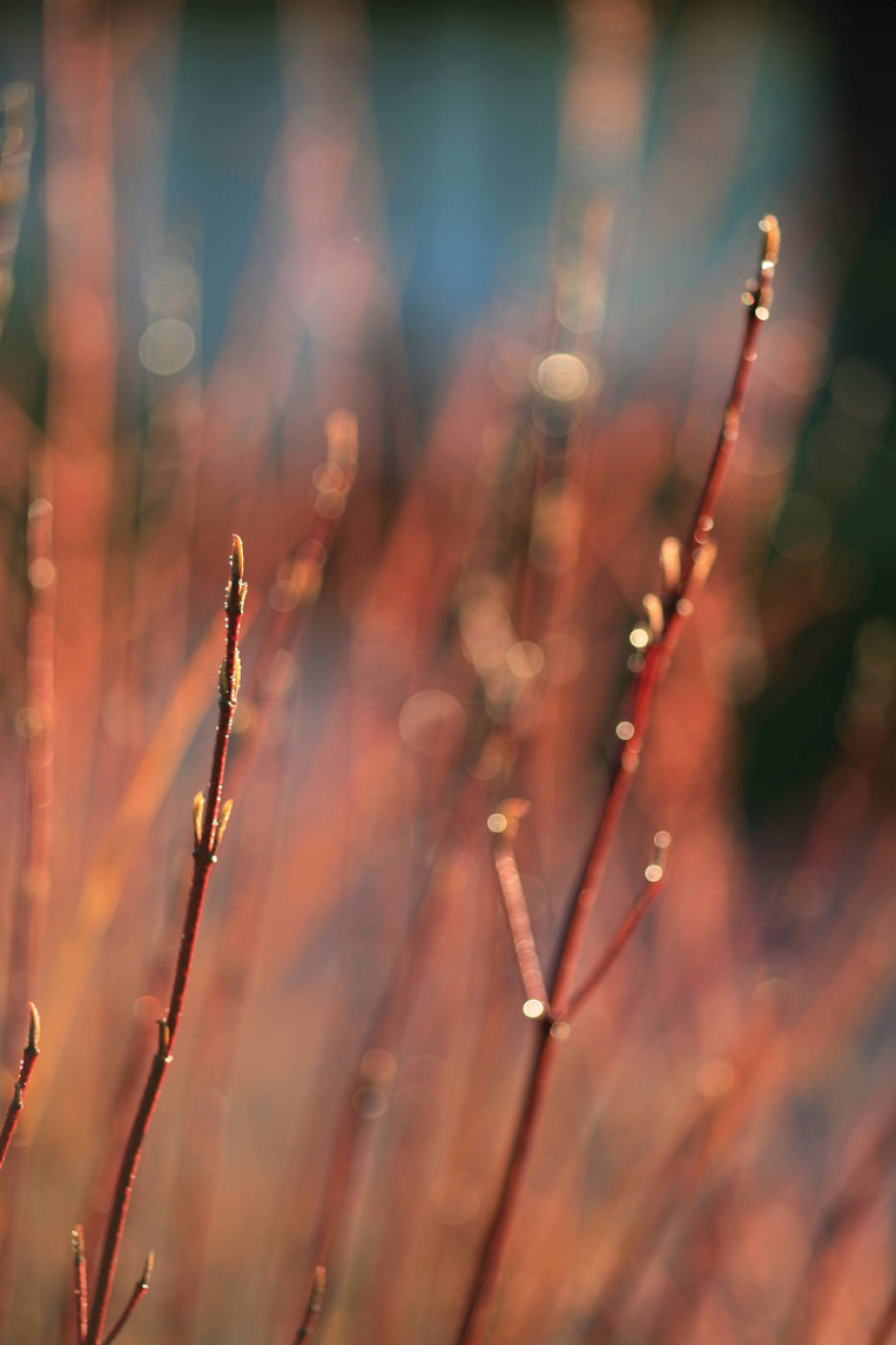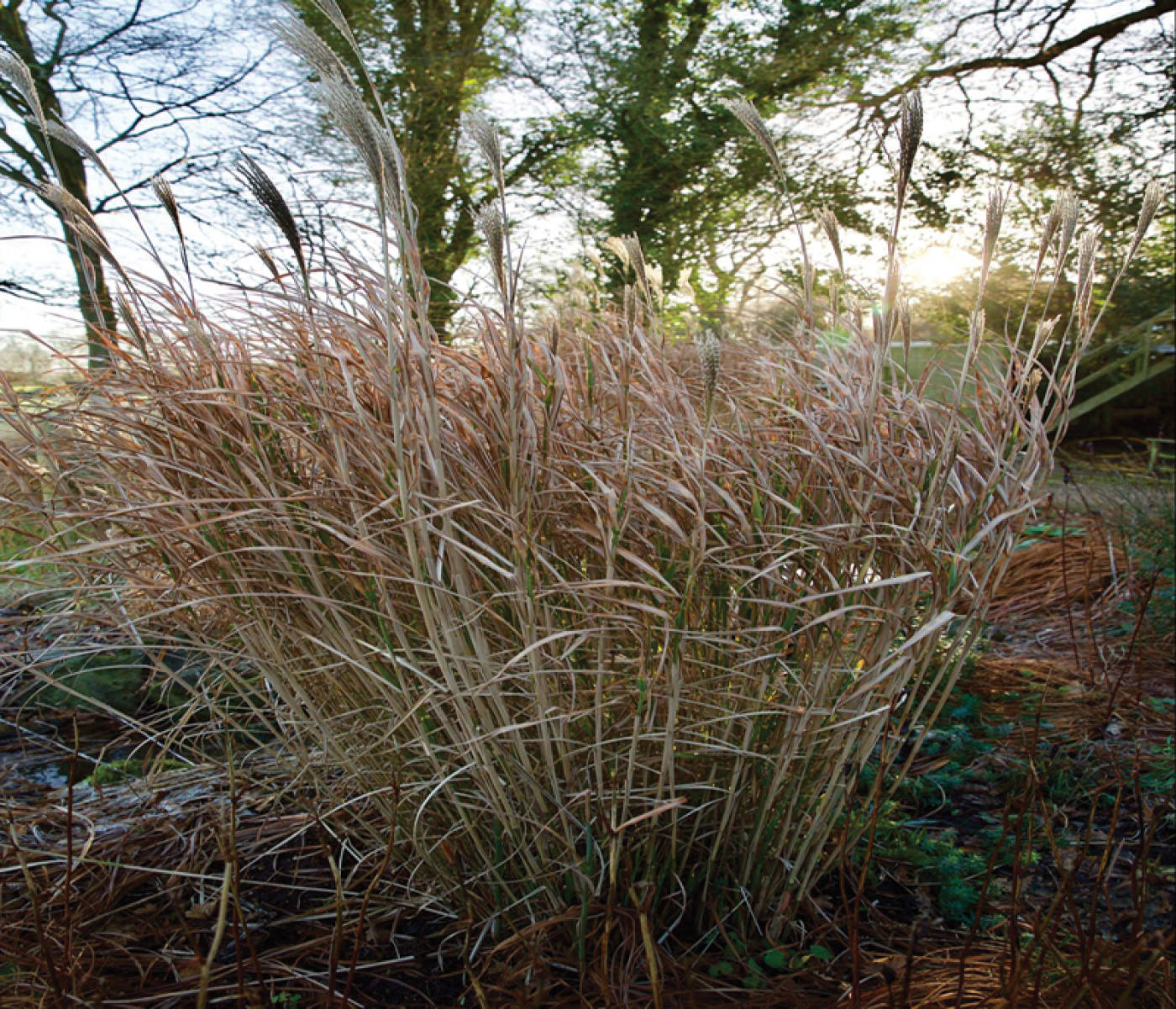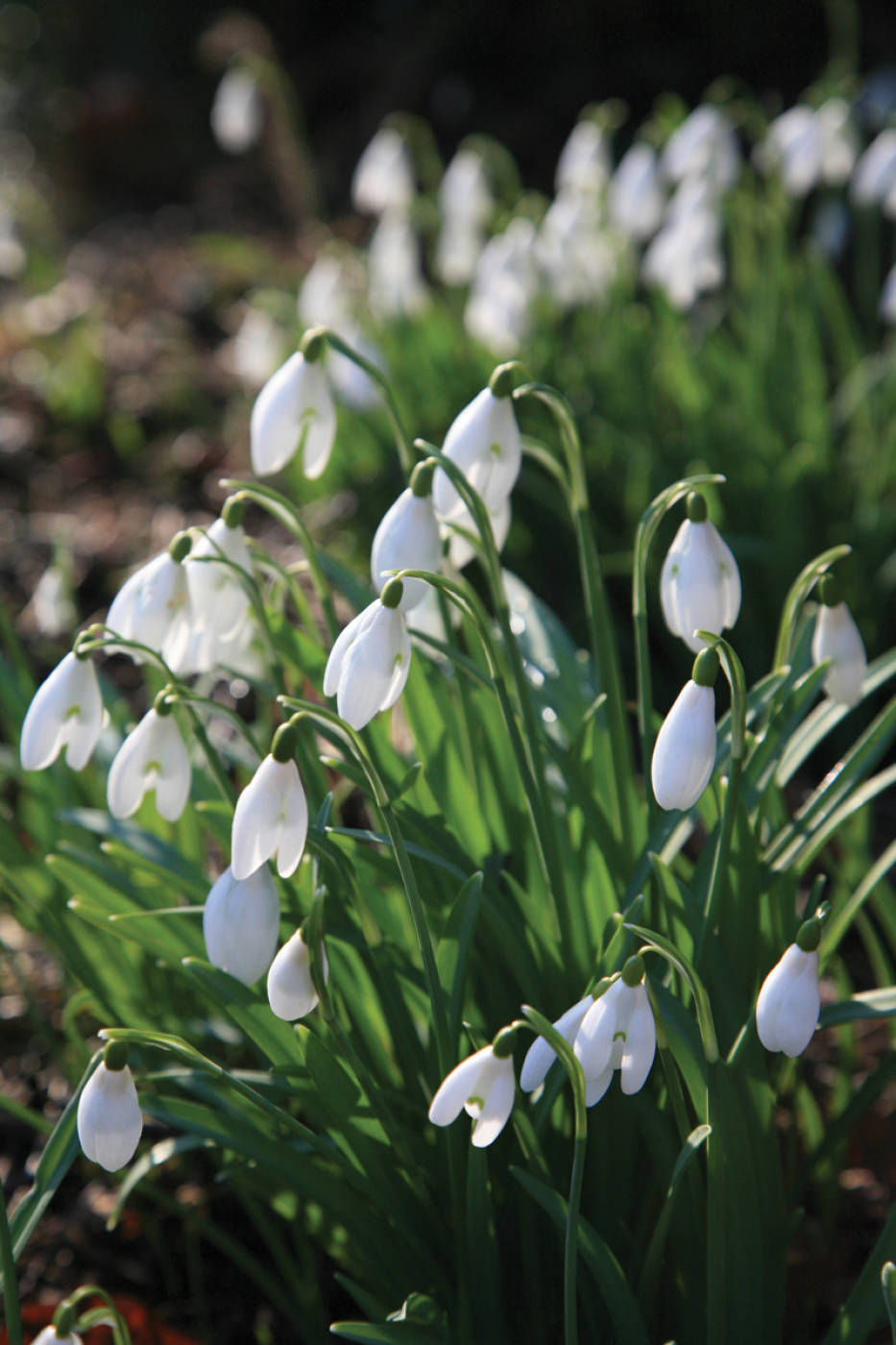
Spring is in the air
David Sarton takes us through February, a busy month of preparation in the garden
Spring is approaching and bulbs are showing the first sign of life, as light levels increase day by day. This is a busy month, as we need to get the garden ready for the year ahead.
One of my first jobs is to get my machinery serviced, so as soon as the ground is dry enough, the mower will be ready for the first cut. Edges can be trimmed now on existing borders and any lumps can be sorted out within the lawn.

I have a long list of plants that need my attention in February. The Cornus need to be cut back to around 7 – 10cm from ground level. This will produce the young stems that will give you the great display of colour for next winter. However, I like to leave this until the end of the month, as their beautiful colours are enhanced by the low spring sunshine and look fantastic with the ghostly white stems of the Betula utilis var. jacquemontii. While I have the secateurs out, I have a few other plants to prune. The perennial grasses (that were left over winter for interest and for the wildlife) can be cut back now. The wisteria that climbs over the arch and onto the corner of the house needs to be trimmed back to the laterals and sideshoots that were pruned in the summer to within two or three buds of their base. These will bear the coming season’s flowers. There are two forms of buds on the wisteria, growth and flower buds. Growth buds are narrow and pointed, whereas flower buds are plump and blunt. If pruned twice a year, wisteria live a long life and seldom need renovation.
There is a large group of snowdrops at the base of the wisteria and now is the perfect time for me to divide these whilst they are green. This is an easy job to do – just be careful when lifting not to stick the tines of the fork through the bulbs.
Leaving the main garden for a bit and heading to the vegetable plot, another list of jobs await and are ready for action.
Early potatoes can be chitted (laid out in trays to form shoots) in a cool, dry, frost-free place. Some seeds can be sown in a warm propagator or greenhouse. All pots and seed trays should be cleaned with a little household disinfectant and rinsed ready for the months ahead. With the bucket out, the greenhouse panes could do with a wash to allow maximum light in.
Other jobs still to do:
• Prune winter flowering shrubs
• Prune evergreen hedges
• Divide perennials
• Prepare beds and borders
• Keep bird food topped up
• Apply Nematodes to problem areas
• Check any tree ties that might be rubbing or damaging the bark
Pphotographed by David Sarton
Weald Design Ltd.
Telephone 07866718543
www.weald-design.co.uk

